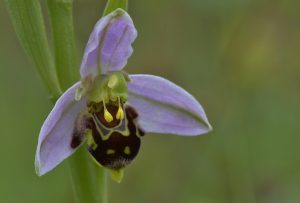This week saw publication of alarming news about the state of butterflies in the UK. A beautiful and important part of the UK’s wildlife, they are highly sensitive indicators of the health of the environment and play crucial roles in the food chain as well as being pollinators of plants.
The State of the UK’s Butterflies 2015 report found that 76% of the UK’s resident and regular migrant butterflies declined in abundance, occurrence or both over the last four decades.
Now Butterfly Conservation is warning that time is running out to save some of Britain’s best-loved insects, with the latest Red List assessment of butterflies, published this week, revealing a 26% increase in the number of species threatened with extinction. For more details, go to:
https://butterfly-conservation.org/news-and-blog/half-of-british-butterfly-species-on-new-red-list
Conserving butterflies will improve our whole environment for wildlife and enrich the lives of people now and in the future. To better understand why butterflies matter, go to:
https://butterfly-conservation.org/butterflies/why-butterflies-matter
One of the ways we can help make a difference for butterflies and other pollinators is to make our gardens more welcoming places for them, and Butterfly Conservation has published two invaluable guides to help us: ‘Pit stops for Pollinators’ and ‘Gardening for Butterflies’. They can be found at
and
https://butterfly-conservation.org/how-you-can-help/get-involved/gardening/gardening-for-butterflies

